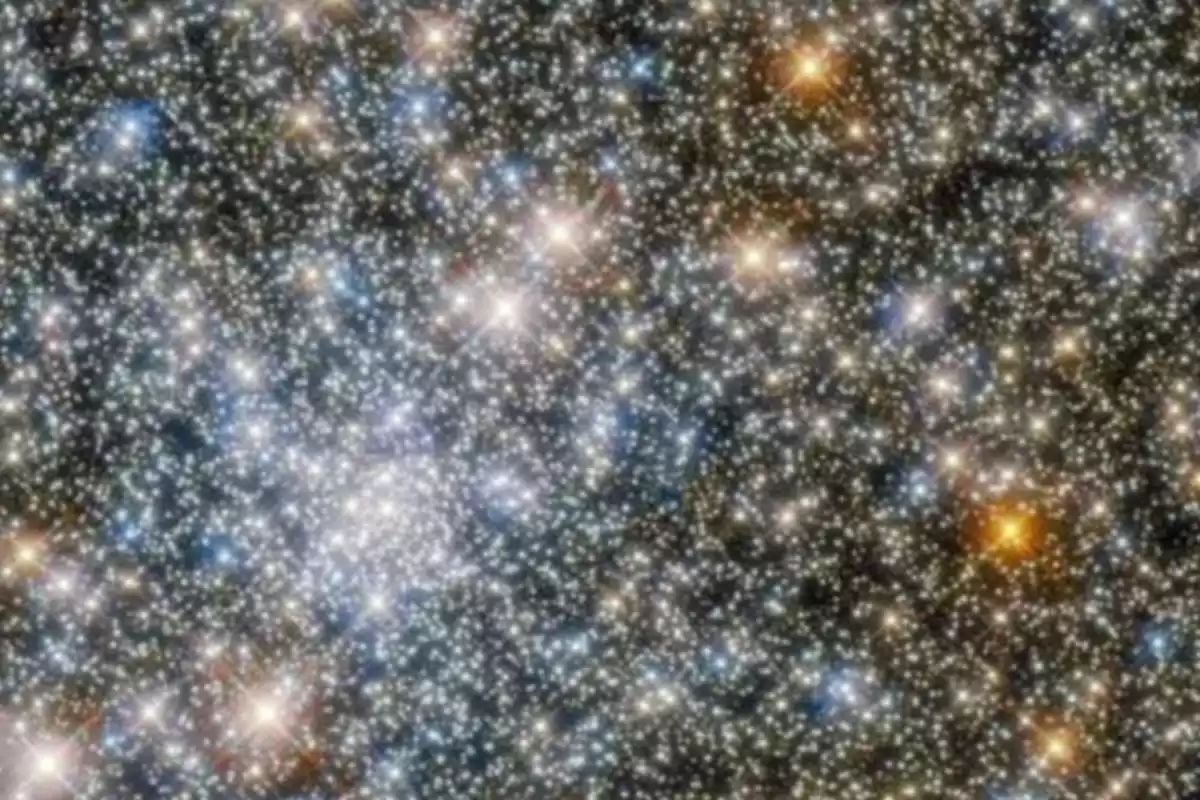
Giant galaxies from the early universe discovered, shaking the Big Bang theory
The James Webb Telescope detected celestial monsters 13.3 billion light-years from Earth
The James Webb space telescope managed to detect colossal galaxies 13.3 billion light-years from Earth, a discovery that left the scientific community perplexed.
These structures, named "celestial monsters", existed just 440 million years after the Big Bang and contradict current theories about how and when galaxies formed.
The finding was published in the journal Astronomy & Astrophysics and was based on the observation of GN-z11, one of the most distant galaxies ever recorded.
Thanks to its advanced infrared observation technology, the telescope was able to penetrate the cosmic dust that hides these celestial bodies and reveal unprecedented details.
A challenge to current cosmology
The data obtained by James Webb showed chemical traces associated with massive stars in proto-globular clusters. These groupings, which contain millions of stars, would have been born when the universe was just a cosmic baby.

Corinne Charbonnel, astronomer at the University of Geneva and lead author of the study, stated: "Today, thanks to the data collected by the telescope, we believe we've found a first clue of the presence of these extraordinary stars."
The most puzzling aspect is the magnitude of these galaxies: they would be between 5,000 and 10,000 times more massive than the Milky Way and their stars would reach temperatures five times higher than the Sun's. This implies that the early universe would have been much more dynamic and efficient in the formation of top-tier structures than previously thought.
James Webb and its mission beyond Earth
Since its launch on December 25, 2021, the James Webb telescope has revolutionized astronomy. Unlike Hubble, it doesn't orbit Earth, but rather orbits the Sun, at a distance of 1.5 million kilometers (932,000 miles), at the second Lagrange point (L2).
Its mission ranges from studying the first flashes of light after the Big Bang to observing solar systems that could harbor life. With this recent discovery, the telescope takes a new step toward understanding the origins of the cosmos and leaves an unsettling question open: do we really know how it all began?
More posts: